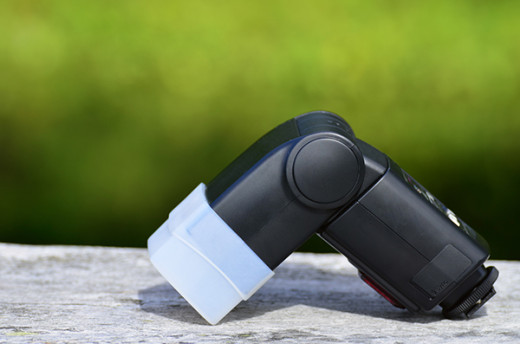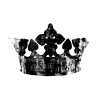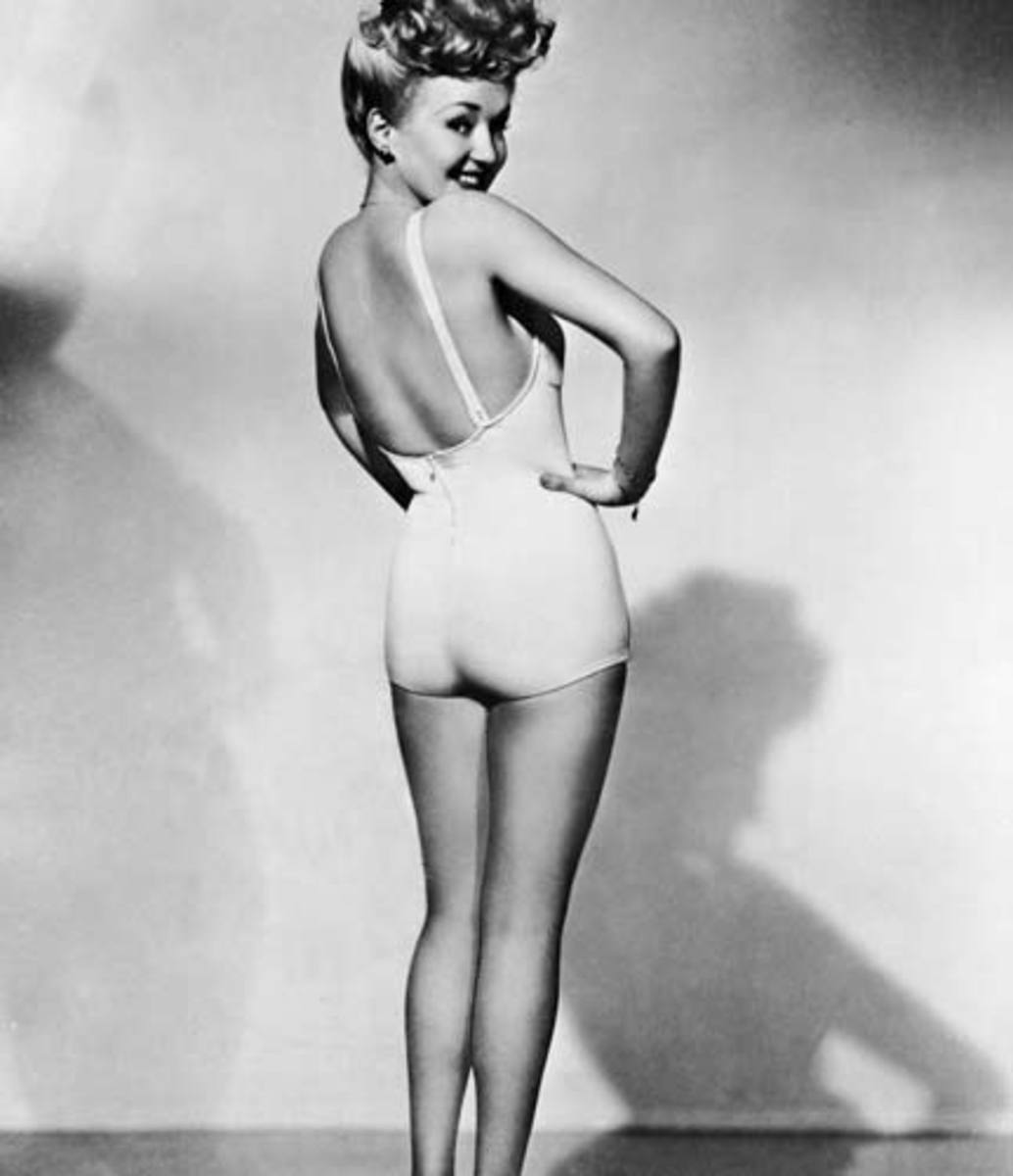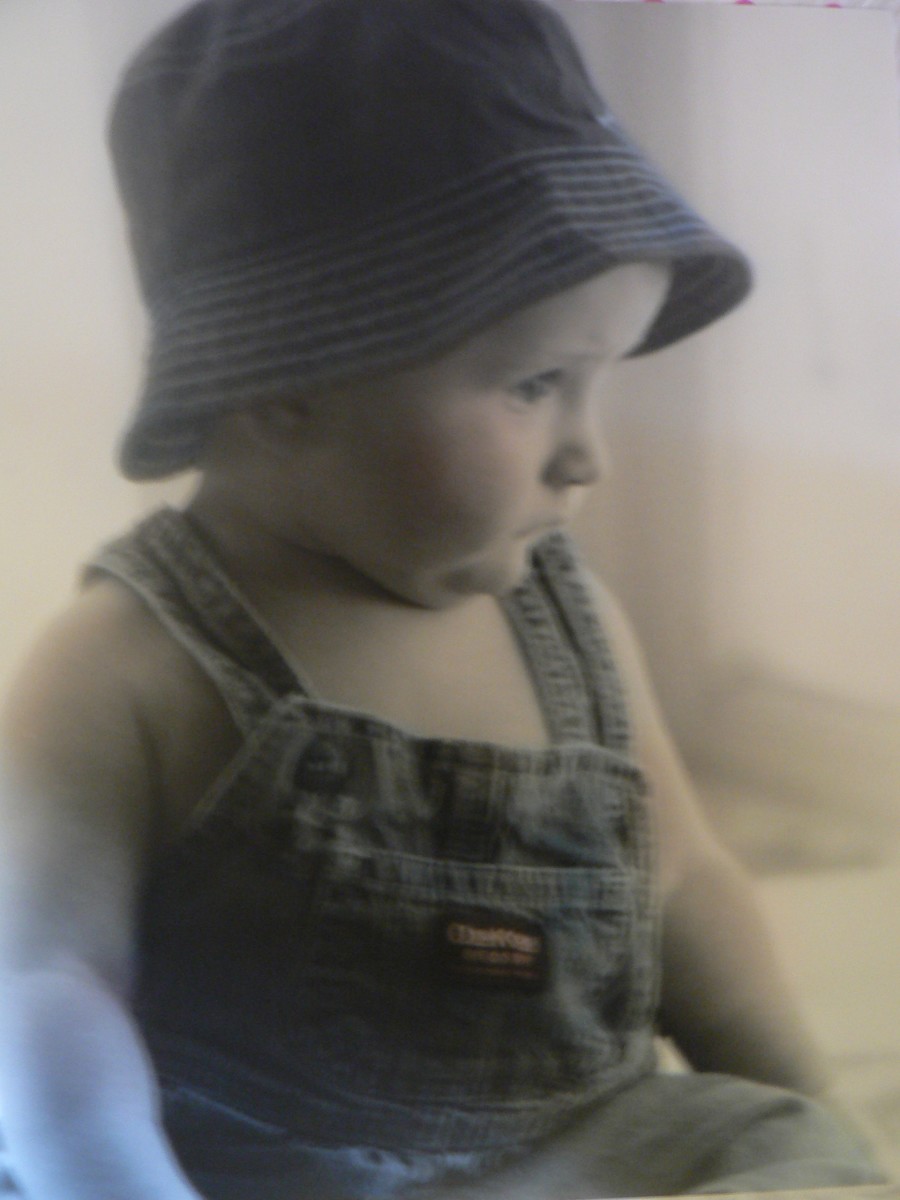How to Soften Light from a D-SLR Speedlight/Flashgun

A speedlight or flashgun is a great addition to your D-SLR photography kit. With it you’ll have more control over lighting, and you may add some new tricks to the mix. However, there’s a challenge to overcome and and it is that speedlights emit undiffused and harsh light on subjects. Harsh light may cause portraits to look less flattering, and may even cause ‘burn marks’ (i.e. overexposed highlights) on subjects. There are ways to deal with this challenge inexpensively or even without any cost at all.
Use the ‘Bounce Flash Technique’
Unlike an inbuilt flash unit (i.e. a popup flash), a flashgun has the flexibility to be rotated and tilted to direct light at various angles. Instead of directing the flash at your subject, you may re-direct it towards a nearby wall or ceiling. The trick is to bounce the light from the wall/ceiling which will then flood your subject. The wall causes light to spread widely, and once that happens the light becomes less intense and much softer on the subject. Using this technique may mimic the look of natural light falling from above or laterally on your subject(s) -- a very nice look for portraits.
It’s better to use neutrally colored walls and ceilings to use the bounce flash technique. If you use colored walls and ceilings, then your subject(s) may carry the tinge of that particular color which may give you more work to correct in the post-processing stage. Sometimes this colored light can cause almost irreversible mistakes, so it’s better to stick with neutral.
The bounce flash technique can be applied using a reflector as well. In this case, you don’t have to look around for a suitable wall or ceiling, because you’ll already have it attached on your flashgun. Speedlights may tend to have a retractable plastic reflector/diffuser that you can use as well. Add-on reflectors come in a variety of forms, some of which are very flexible -- meant to redirect light in the path that you want.
Use a Flash Sync Cord
Flash sync cords or Off-Shoe Flash Cords are used to attach a speedlight to a camera. If your camera has a PC outlet, then you can use a flash sync cord. If your camera doesn't have that outlet, then an off-shoe flash cord is the alternative. These cables and cords will allow you the flashgun off the camera. You can easily hold the flashgun above your subjects to illuminate them in ‘natural’ way as opposed to a direct head-on illumination.
Use an Omni Bounce
Omni Bouncers are plastic diffusers that fit onto the head of a flashgun. They help to soften the emitted light for making images look a bit more flattering. They are basic, and can get the basic diffusion job done, but the fact is that the broader the diffuser, the softer light will be. The omni bounce is a convenient must-have, but if you want a greater diffusion you’ll need to look into other options.
Choose from a Variety of Other Diffusers
A number of innovate diffusers are available for popular flashguns, especially Nikon, Canon, Sigma and Pentax among others. Each expresses a different style, but the purpose is the same -- to soften light on subject. They may not all work with the same efficiency, but for the most part they do what they are meant to.
Gary Fong Diffusers a quite popular, and there is even designs for popup flashes. The Collapsible Flash Diffuser is a great alternative to the Omni-bounce and will soften the light by a long shot. The Universal Cloud is another design from Gary Fong. Apart from these, there are other benders and bouncers that you can try out.
Use a Mini Softbox
There are softboxes made specially for flashguns, and though they may seem a bit cumbersome they are efficient. Nonetheless, there are different sizes to choose from.
Use a Bracket along with a Diffuser
Photography brackets raise the flashgun to a higher level than the regular mount on a camera, or if you may -- keep it on the same level as the camera. It is similar to using a sync cord, but the difference is that you don’t need to hold the flash with one hand while you hold the camera with the other. It’s an effective tool because a raised flash unit may disperse light in a similar way as natural light. It also increases the distance between lens and flash thereby eliminating the occurrence of the dreaded ‘red eye’. Furthermore, it may help to reduce unwanted shadows (when used with a diffuser) that can be distracting in an image. Wedding and portrait photographers may use a bracket to help create beautiful softly lit images.
Diffusing the light from your flashgun or even your popup flash is not hard to do at all, and it’s also an inexpensive feat. How about deliberately using your flash to create images that look similar to images taken in natural lighting. Omni-bounces, diffusers, softboxes and brackets are cool accessories that you may add to your D-SLR kit for better flash photography.








